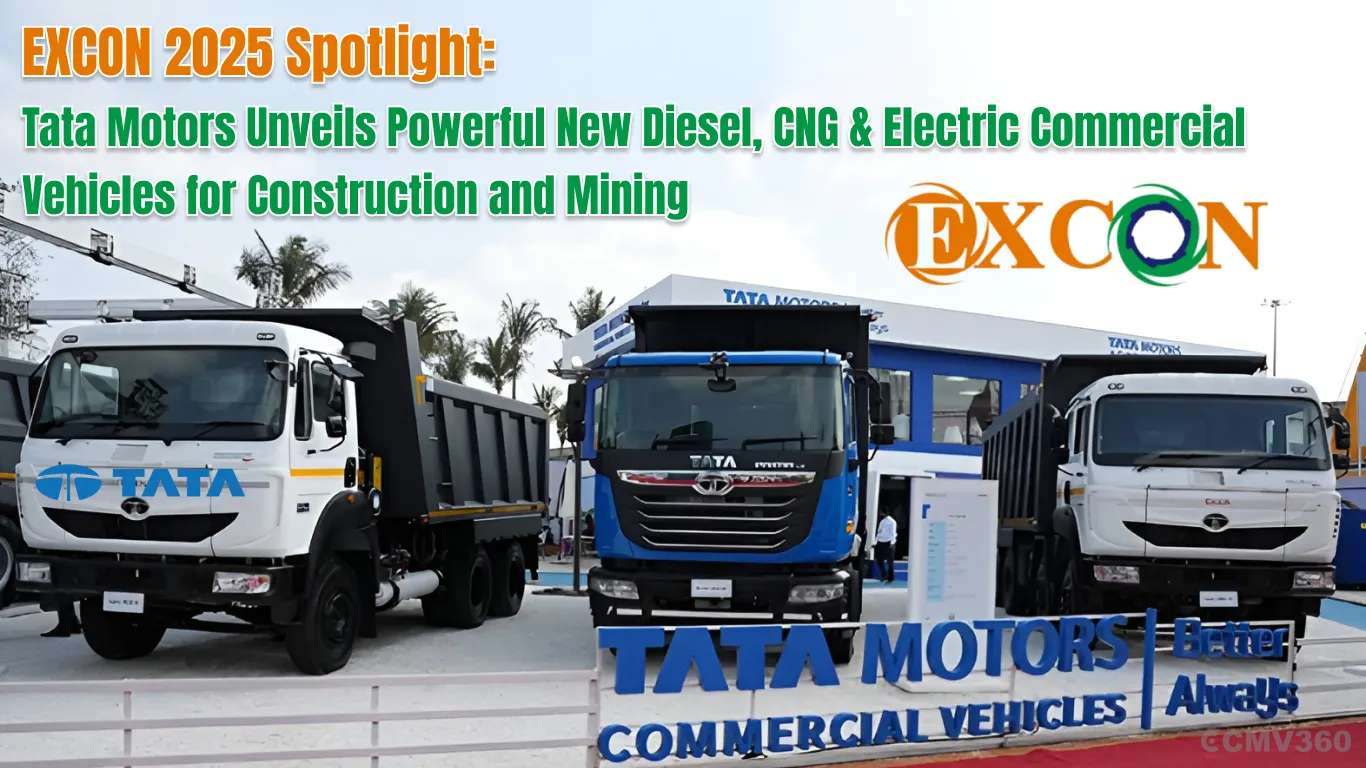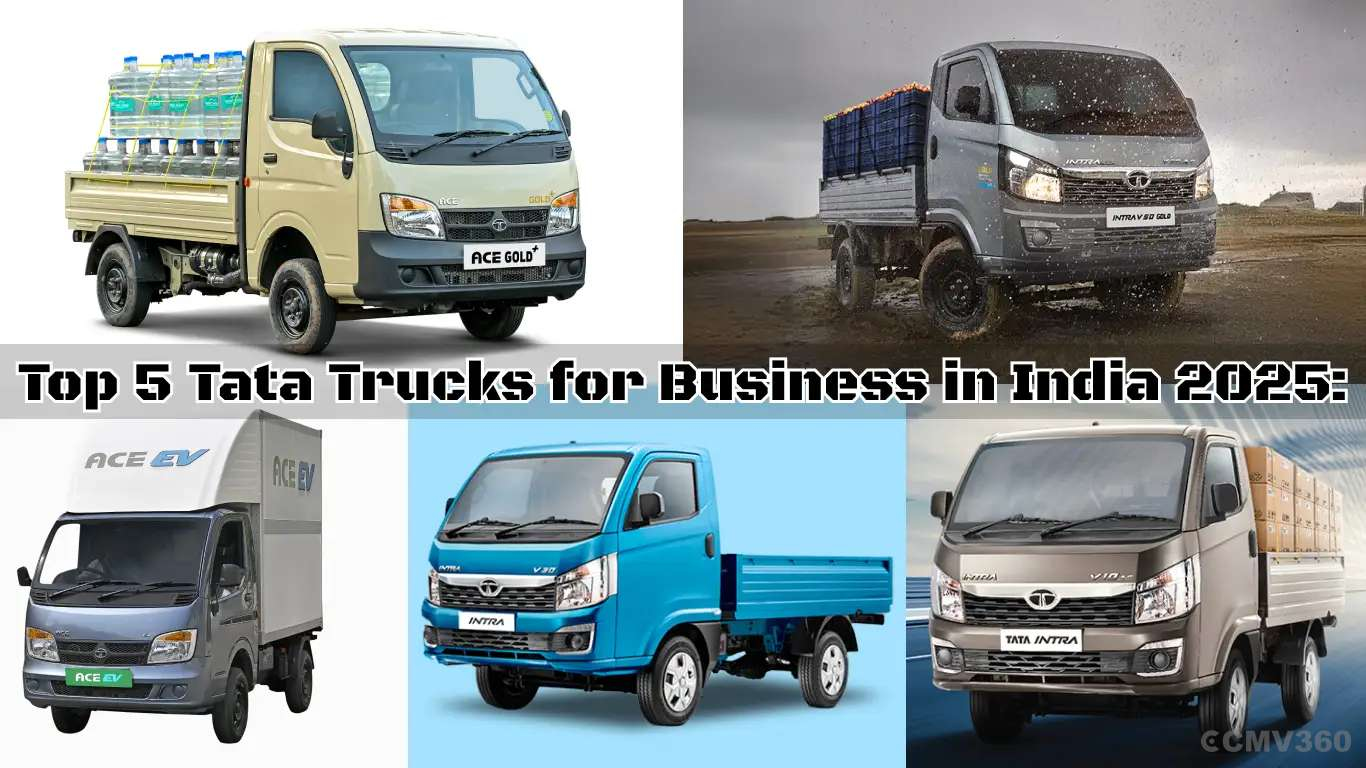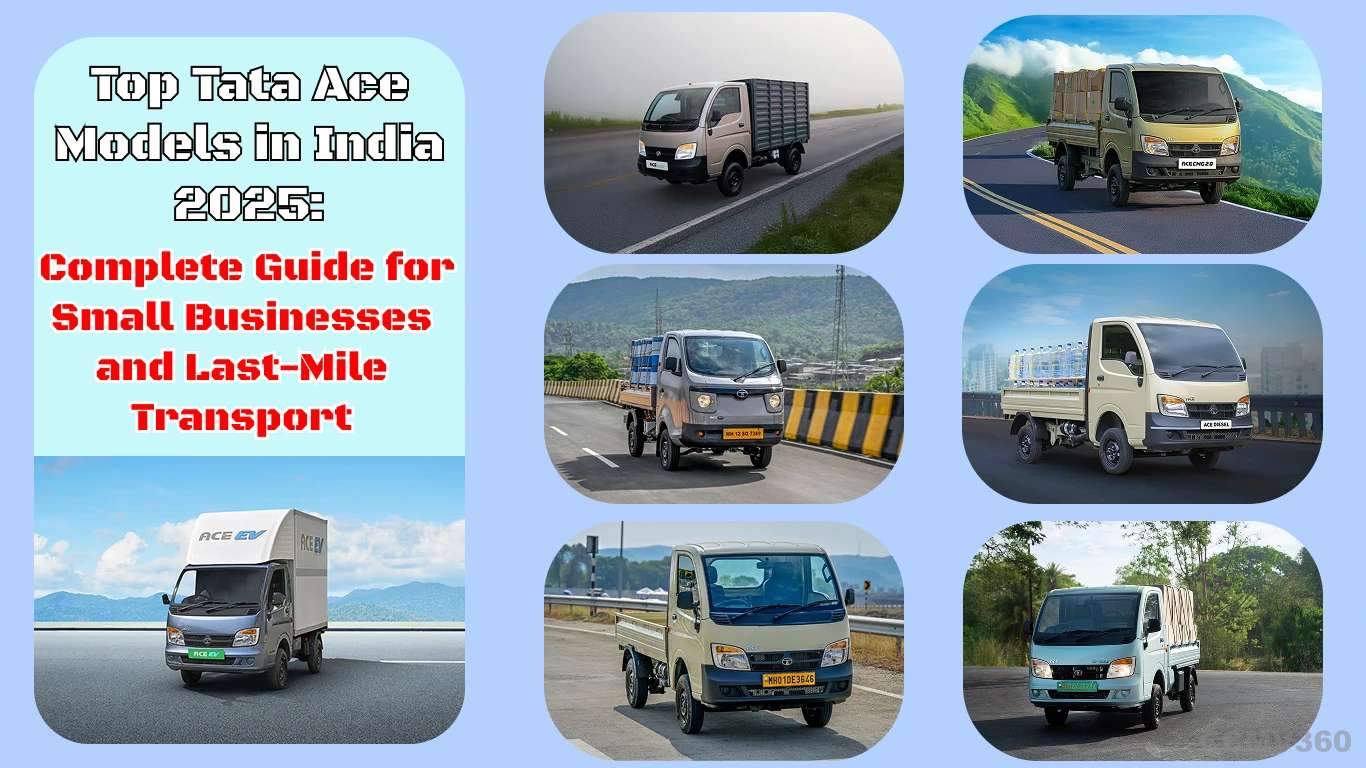Ad
Ad
GST 2.0 Could Boost Commercial Vehicle Sales, Says Ashok Leyland CFO: GST Rationalisation May Give Relief to CV Buyers

Key Highlights
GST 2.0 may cut the CV tax from 28% to 18%.
Small fleet owners and new buyers to benefit the most.
The current chassis-body tax difference is to be removed.
CV sales may rise strongly in FY26.
Reform could add 0.2% to India’s GDP growth.
Ashok Leyland’s Chief Financial Officer (CFO), KM Balaji, believes that the upcoming GST 2.0 reform could play a big role in boosting demand for commercial vehicles (CVs). He explained that if the GST rate on CVs drops from 28% to 18%, it will encourage more people to buy trucks and buses, especially small fleet owners and first-time buyers.
Currently, both CV chassis and fully built vehicles attract 28% GST. But if a customer purchases only a chassis and gets the body built separately, the service of building the body is taxed at just 18%. This has often led buyers to split purchases to save tax. A uniform 18% GST rate will simplify the process, allowing customers to buy vehicles without extra steps.
What GST 2.0 Means
The government is preparing to simplify the current GST system, which now has four slabs: 5%, 12%, 18%, and 28%. Under GST 2.0, there will be only two slabs: 5% and 18%. Many goods in the 12% slab may shift down to 5%, while items in the 28% slab, including commercial vehicles, are expected to move down to 18%.
If commercial vehicles are reclassified under 18%, it will provide major relief to buyers. A 10% reduction in GST will significantly improve affordability for small fleet owners and new buyers. Larger fleet operators may not feel a direct impact since they usually adjust GST with tax liabilities, but overall industry demand is expected to rise.
Benefits for Small Fleet Owners
According to Balaji, the biggest winners will be small fleet owners. For them, even small cost savings make a big difference. Lower tax rates will make it easier for them to purchase vehicles, reduce confusion around chassis and body purchases, and bring more new players into the transport sector.
This change could also revive retail sales of CVs, which have been under pressure in recent months. With simpler tax structures and reduced upfront costs, sales are expected to gain momentum in FY26.
Wider Impact on the Economy
The positive impact of GST 2.0 will extend beyond the CV industry. Reports suggest that the reform could add nearly 0.2% to India’s GDP growth. It could also help balance the negative effects of tariffs in other industries. This highlights that GST 2.0 will not just benefit truck and bus buyers but also boost overall economic activity.
No Change in Pricing Strategy
Ashok Leyland has also clarified that the GST changes will not directly raise company profits. Since GST is collected on behalf of the government, the benefit will go directly to customers. However, a lower GST rate may help reduce working capital requirements. Vehicle prices themselves will remain unchanged, ensuring that the tax benefit is fully passed on to buyers.
Looking Ahead
The commercial vehicle industry is closely watching the government’s final decision on GST 2.0. If CVs are shifted from the 28% slab to 18%, it will be a game-changer for small operators and retail sales. It will also simplify taxation, boost demand, and support the long-term growth of the transport sector.
Also Read: EKA Mobility Delivers Three Electric Buses to AIIMS New Delhi
CMV360 Says
GST 2.0 could be a turning point for India’s commercial vehicle industry. A lower GST rate from 28% to 18% will simplify taxation, reduce costs for small fleet owners, boost sales, and support overall economic growth. While Ashok Leyland will not directly profit from this reform, buyers will benefit, and the industry may see strong growth in FY26.
News
IntrCity SmartBus Study Shows Passengers Breathe Cleaner Air During Intercity Travel
IntrCity SmartBus study finds passengers breathe cleaner air during intercity travel, with PM2.5 levels remaining low for most of the journey across major Indian routes....
19-Dec-25 06:32 AM
Read Full NewsOlectra Greentech Faces ₹2.58 Crore Penalty for Delay in EV Plant Construction
Olectra Greentech receives a ₹2.58 crore penalty from TGIIC for delays in its Hyderabad EV manufacturing facility, though partial operations have already begun....
19-Dec-25 06:13 AM
Read Full NewsKerala Moves Ahead with India’s First State-Led Electric Truck Corridor on NH-66
Kerala plans India’s first state-led electric truck corridor on NH-66 under PM E-DRIVE, boosting clean freight transport, charging infrastructure, and sustainable logisti...
18-Dec-25 07:36 AM
Read Full NewsChandigarh Receives 15 New Electric Buses, Targets Highest EV Adoption by 2027
Chandigarh adds 15 electric buses under PM e-Bus Sewa Scheme, phases out diesel buses, and aims for one of India’s highest zero-emission vehicle adoption rates by 2027....
18-Dec-25 06:46 AM
Read Full NewsElectriGo Launches Electric Bus Leasing in India, Partners with GEMS for 50 E-Buses
ElectriGo launches electric bus leasing platform and signs MoU with GEMS for 50 buses, boosting clean and cost-effective public transport adoption across India....
17-Dec-25 09:20 AM
Read Full NewsPM EDRIVE Delivers 1.13 Million EVs with Lower Subsidies, Shows Market Maturity
PM EDRIVE delivers 1.13 million electric vehicles with lower subsidies, showing India’s EV market maturity, rising adoption, regional trends, infrastructure push, and a s...
17-Dec-25 06:49 AM
Read Full NewsAd
Ad
Latest Articles

EXCON 2025 Spotlight: Tata Motors Unveils Powerful New Diesel, CNG & Electric Commercial Vehicles for Construction and Mining
18-Dec-2025

Ashok Leyland 1920 vs 2820 Tipper Comparison: 6-Wheeler or 10-Wheeler – Which Is Better for Construction & Mining?
17-Dec-2025

Tata Starbus Buses in India 2025: City, Suburban, Ultra & Staff Buses Models Explained in Detail
15-Dec-2025

Top 5 Tata Trucks for Business in India 2025: Prices, Payload, Features, Full Details & Complete Buying Guide
11-Dec-2025

Top Tata Ace Models in India 2025: Complete Guide for Small Businesses and Last-Mile Transport
19-Nov-2025

Tata Ace Pro vs Tata Ace Gold: Which Mini Truck is Better for Your Business in 2025?
13-Nov-2025
View All articles





